
Zona Mista: Liberos and Masters of Dark Arts
Part 3: Putting the Whole Zona Mista Tactic Together
Zona Mista was not simply a counter-attacking tactic. It was a whole system centered on proactive defence and tactical disruption. That is disrupting, “mucking up” your opponent and generally preventing them from crafting anything productive on the ball. In retrospect, it’s unfortunate that this aspect of Italian Game is the reason for its infamy and hate from opponents. But it is also the reason why Zona Mista was as effective as it was for three decades. It brought multiple trophies to its most successful proponent, Juventus. And it was Juve’s manager Giovanni Trapattoni, who was the Master of The Dark Arts himself.
You will need to read Part 1, Part 2, together with this current Part 3 article to get the full story behind my Zona Mista-inspired tactic. So if you have not done so yet, then go right ahead. Otherwise it probably won’t make much sense alone.
I will pick up exactly where I left off in the last article. That is examining the tactic’s defensive trio.
In Zona Mista‘s defensive trio the key role is that of the libero. It is the player around which the rest of the formation should be built. Libero is your playmaking director in the defensive strata. And while on paper he is part of the defence, in reality libero plays a simultaneous, transitional role in all three; defence, midfield and even attack. Similarly to terzino fluidificante, ala tornante and box-to-box midfielder (mezzala).
Armando Picchi and The Evolution of Libero
The inclusion of the libero was the big innovation of Italian Catenaccio. It was the one element that initially separated the Italian system from the original Swiss Verrou (“doorbolt” in French) from which it evolved. The invention of the libero role came about when Herrera moved his right back Armando Picchi behind the two centrebacks. In this new “free” sweeper role, Picchi would excel for the rest of his career at Inter. He defined the role in how he would “sweep” up any loose balls and double-mark any opposition striker that got past the two stoppers in front of him.
However Picchi held a more old-fashioned defence-focused interpretation of his role. Famous for his defensive skills and strong physique he was hard in the tackle and often played with the edge to his game despite his short stature. Thus he excelled at winning back the ball or clearing loose balls – the “sweeper” part of the role. As a creative defensive director, he was somewhat limited. Although he was sometimes capable of getting forward to carry the ball into midfield. And then passing it long and accurately due to his good passing range and vision.
Picchi was certainly no Pirlo. And most certainly not Gaetano Scirea. This was perhaps one of the weaknesses of the more traditional Catenaccio of Helenio Herrera. Grande Inter was too reliant on the creativity of a few individual players such as Picchi and Suarez. And as they aged and opposition learned how to play against them, Inter was not able to find suitable replacements to inject more creativity into the tactic. The system stagnated. Also the coming of Total Football exposed the weaknesses of a pure man-marking system. So in the 1970s changes needed to be made.
The change start at Inter’s rival Juventus when its most celebrated manager Giovanni Trapattoni took over. Trapattoni also used a libero and his name was Gaetano Scirea.
As Picchi ended his career in 1969, the career of Gaetano Scirea was only beginning. It is Scirea’s interpretation of the role that defined libero as known today. A modern-day libero that is more playmaker than defender. Unlike Herrera who converted a fullback into a libero, Trapattoni took an attacking midfielder and played him as a libero. This was revolutionary. As it allowed Trapattoni’s team to have an extra passer in the midfield, once possession was one and counter-attack started.
Catenaccio changed forever, and Zona Mista born. Trapattoni’s Zona Mista became an evolution of the earlier defence-focused Catenaccio, improving it with the more fluid elements of Total Football. While his team largely used the same traditional 3-5-2 shape popularized by older Catenaccio proponents such as Nereo Rocco and Helenio Herrera, Trapattoni’s Juventus did not focus so much on sitting back and defending. Juventus’ counter-attacks became a lot more fluid and elegant while still staying true to Catenaccio’s “few touches” ideal. All this was thanks to Trapattoni’s star in defence, Gaetano Scirea (pictured above with his manager).
Starting off as an attacking midfielder, Scirea embraced his assigned libero role by taking his midfielder skillset and combining it with the defensive responsibility of a defender. But he did not play as a simple defender (nor as a fullback) most of the time. No, Scirea’s style was what we associate with libero now and what inspires us still to this day when we remember Catenaccio or Zona Mista. Scirea defied the Dark Arts reputation of Italian defenders of his time. He showed that football was not all about physicality and “dirty” tactics.
Without resorting to the ruthlessness often used by other Italian defenders (especially his partner in the back, Claudio Gentile), Scirea elevated the role of the libero with his sportsmanship and pure class (he never earned a single red card). Due to his impeccable technique, vision and above all else, ability to read the game. Libero’s role became about more than just passing it long and as quickly as possible to the players up front, who could do something with the ball. Scirea’s libero became THE player who could do something magical with the ball. He instinctively read the field around him, realizing where the ball needed to go and direct it there. He truly dictated the game. And that is why in Zona Mista, before any other role, libero is the role you need to build the rest of the tactic around.
Defence Role Requirements
#6 – Libero
Choosing the right player for the libero is probably the hardest step in setting up a Zona Mista tactic. Even if you have perfect candidates for the rest of the roles, missing the mark with your libero can break the whole system. I cannot stress this enough. Also I would suggest that rather than trying to force the libero role upon your most creative centreback or fullback, do what Trapattoni did. Play your most creative midfielder with decent marking, tackling, jumping and positioning. Disregard how comfortable he is in the role (the little green or red circles mean nothing). The attributes are all that matters in the game.
So a natural midfielder, such as a wonderkid Sandro Tonali, would fit perfectly. His key attributes suit his new defensive playmaker function very well. And he even has good defensive attributes. I am even more excited by the set of traits that Tonali already possess. They are the traditional regista traits and would make him into an even better libero. Given their common midfield heritage, I just hope that Sandro can embrace the role like Scirea did.
#2 and 3 – Marcatore Puro
Now there is not much to say about libero’s defensive partner, the traditional central defender. Here in is some ways you want a very defensively responsible player. And in other ways a total opposite of libero. Someone like Claudio Gentile perhaps. A legendary Juve player who was infamous for defending on the edge and became the personification of football’s dark arts. He would fit in perfectly here. Essentially, a player with an excellent jumping reach, strong in the tackle and impeccable in his positioning. But at the same time aggressive and not afraid to strong-arm his opponents and make them afraid to come up against him in the future. Simon Kjær is probably the best representative of this type of defender at AC Milan. Nothing fancy, but just enough to balance Tonali’s creativity with pure grit.
Old Fox and The Creation of Zona Mista
Ideologically, Zona Mista and its biggest proponent, Juventus’ manager Giovanni Trapattoni were complete opposites of Ajax’ “Church” of Total Football and its “archbishop”, Johan Cruyff. Not surprisingly, Trapattoni and Cruyff hated each other. In a way that is understandable from the philosophical perspective. Their two philosophies were as far apart as possible. And it was a rivalry that was born in their playing days. Famously, Trapattoni recounted that when he faced against Cruyff, and his Total Football-playing Ajax side, he had to resort to “dirty” tactics of pulling on the Dutch star’s shirt. Not that Trapattoni was an inherently “dirty” player or manager. He simply believed in a very pragmatic, almost Machiavellian approach to football.
As a player Trapattoni excelled in playing as both a defender and a defensive midfield. He possessed discipline, sportsmanship and, above all, selflessness in his approach to football. But more importantly, his work-rate, ability to win back possession and ball distribution allowed his more offensively-minded teammates to shine. Finally, Trapattoni’s man-marking skills were exceptional. Not surprisingly, all of these he would later integrate into his created tactics.
Also during his playing career with AC Milan, Trapattoni learned the dark arts of Catenaccio under the manager Nereo Rocco. Rocco was a staunch believer in Catenaccio and he transferred this devotion to his protégé. After-all Trapattoni knew from experience that even the best players like Pele or Cruyff could be man-marked out of the game. But at the same time his pragmatic side knew that for the Italian Game to continue dominating world football, it needed to evolve. Especially in order to deal with the new way of playing and defending (with zonal marking) that Total Football unleashed on the world in the late 1960s.
So “Old Fox” decided to make Gioco all’italiana more like Totaalvoetbal in order to beat teams playing this way. Thus he introduced the main element of Total Football, its zonal marking, into Catenaccio. And the New Italian Game, Zona Mista (Mixed Zone), was born.
Mixing it Up, Italian-Style
Our football is prose, not poetry
Giovanni Trapattoni
The mixed marking style is easier to recreate in FM than Catenaccio’s pure man-marking system. In Zona Mista it makes sense to have a moderate “closing down” set for the whole team. This instruction will reflect the zonal marking employed by Trapattoni’s Juventus. At the same time you could tell some of your players like the centrebacks and wide players to man-mark specific players such wide players and strikers. This will ensure that you shut out the most dangerous opposition out of the game.
Usually when faced with 4-4-2 I would tell each of my centrebacks to mark one striker. Then the CWB can focus on their right winger and my right flank tornante will mark opposition’s left winger. When faced with a formation employing three forwards (4-3-3) the the centrebacks can mark the two inside forwards and the libero can man-mark the central striker. And my wide players can neutralize their fullbacks.
At the same time as the back four are engaging in man-marking, my four-men midfield will engage in more intense pressing, that is zonal marking. They won’t have a specific player to mark but instead will hunt as a pack, trying to recapture possession and launch a counterattack as soon as possible. All four are told “to close down more”.
So those are the instructions that I wil use to recreate this “mixed” marking style.
With that out of the way, I can now focus on the other key elements of my Zona Mista tactic. However I wanted to get one important side-note out of the way first. Although I drew a lot of inspiration from Trapattoni’s tactics, this project is not a pure recreation of his style. The Italian Football style as played in the 90s will need to be adapted somewhat in order to be more viable today. Especially against the more prevalent modern high-pressing “gegenpress” systems or ultra defensive park the bus strategies used nowadays. If we did the most accurate recreation possible then it probably wouldn’t do any better than original Catenaccio did against Total Football. Although I won’t go as far as transforming it into a full zonal pressing system. That would be closer to what Arrigo Sacchi did. And that’s a topic for a future experiment perhaps.
Some might ask why I am not using Cautious or Defensive team mentality. Well, I wanted to refute the false claim regarding counter-attacking that I have seen pop up on FM forums. Cautious team mentality does not automatically equate “counter-attacking”. In fact you can create counter-attacking style with any team mentality. And instead what is more important to creating counter-attacks is the combination of instructions, roles and most importantly formation’s shape.
Finally, I wanted to stay true to my inspiration even if I would try to adapt his tactic for the modern world of football. That is because some of the things that Trapattoni idealized have remained as relevant now as 30 years ago. So here are some of his ideas that I want to integrate into my tactic:
- “Tactics focus on pressure to recover the ball and then quickly develop the offensive action” – Exerting intense pressure on opposition to recover the ball in your own half. This is the Dark Arts portion of his tactics. Without necessary diverging into “dirty” territory the players need to exert themselves upon the opposition by tackling hard, constantly harassing them and generally making the 90 minutes as unpleasant as possible. In other words, disrupt the other team’s game plan to the max. Essentially, “disruptive” tactics can be implemented through the use of such instructions like “Tighter Marking,” “Close Down Much More” and “Get Stuck In”. The final aim is to prevent the opposition from asserting their own playing style on the game.
- “Vertical and violent offensive transitions” – So once the ball is won through disruptive tactics, the team needs to move quickly into offence. The ideal result being quick vertical football with no time wasting.
- “Vertical Play (Gioco Verticale) – Fluid counter-attacking through the central areas. Ultimate goal of verticality is achieved through very fluid counter-attacking and focus on central play.
- “Central Play at all costs” – The central area of the pitch, where statistically most possession occurs, needs to be won at all costs. Instead of focusing on the wings, Zona Mista exploits the open spaces behind the opposition’s backline through quick “vertical play”. This is why the two playmakers, libero and regista, were key element in Trapattoni’s plan. Once the ball is won, these creative players ensure that central verticality is maintained.
- Trapattoni always gave special attention to set-pieces. In a way from a statistical perspective it is the one situation where the manager has most influence over a favourable outcome. Something that Helio Herrera would probably agree with. So I will attempt to use set pieces and dead-ball situations to the best of our advantage.
- “The special genius of standout players should also be encouraged and harnessed to the fullest” – Allow full freedom to your creative geniuses to do what they do best. Trapattoni had opportunity to work with both Michel Platini and Roberto Baggio at their prime. And he always ensured that they were given full creative license within the constraints of his otherwise very disciplined tactics. We can recreate this by using some creative roles like Roaming Playmaker, Libero and Trequartista. You need to give such players more freedom to roam around and effect the game. Sometimes it might be necessary to switching from our usual disciplined approach and use “more expressive” instruction to increase the influence of such players even more. This would hopefully help us in breaking the parked buses that we are bound to face in Serie A.
And here is the final product with all of its instructions. I hope it can reflect at least some of the ideals of Zona Mista, listed above.
Hope you enjoyed this as much as did it writing it. All future feedback is welcome!
Now all I need is to find time to properly test it. But maybe some of you can try it out. and find other perfect teams where Zona Mista can flourish again. Ciao!
If you enjoyed this article, then please follow us @ Dictate The Game’s Facebook and Dictate The Game’s Twitter.
Here are some of our other articles which you might like:

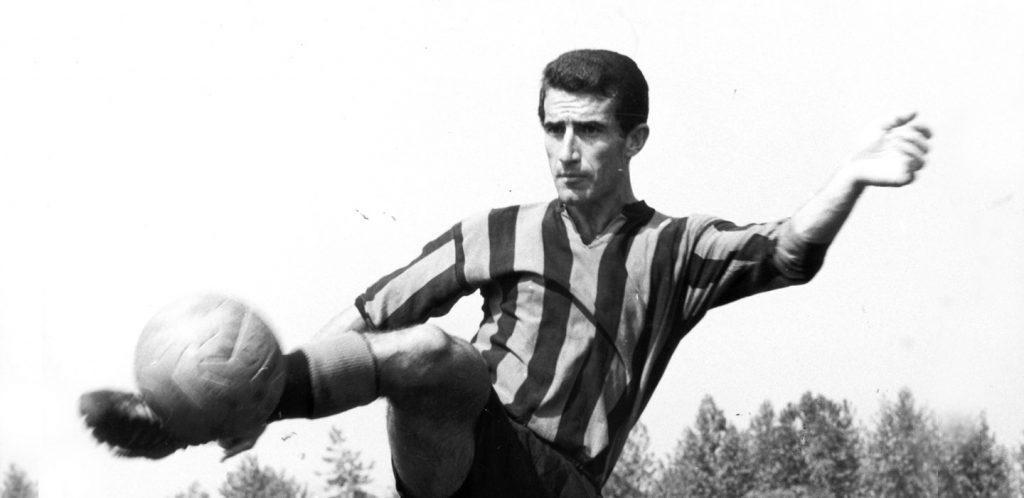
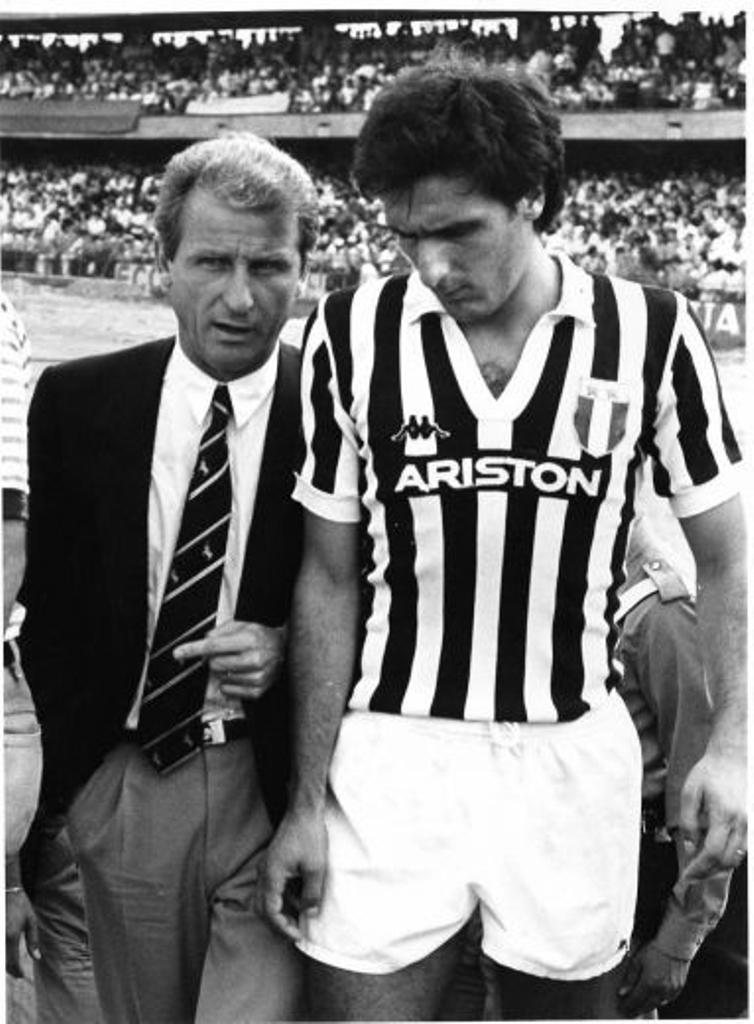
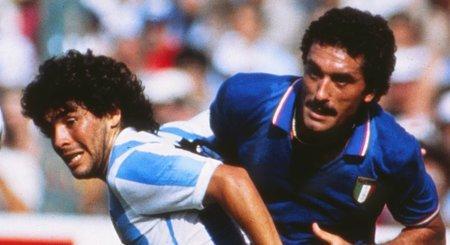



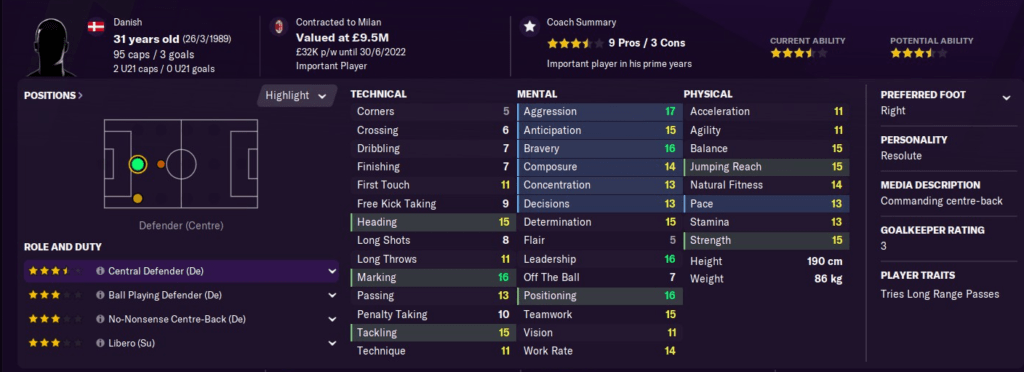
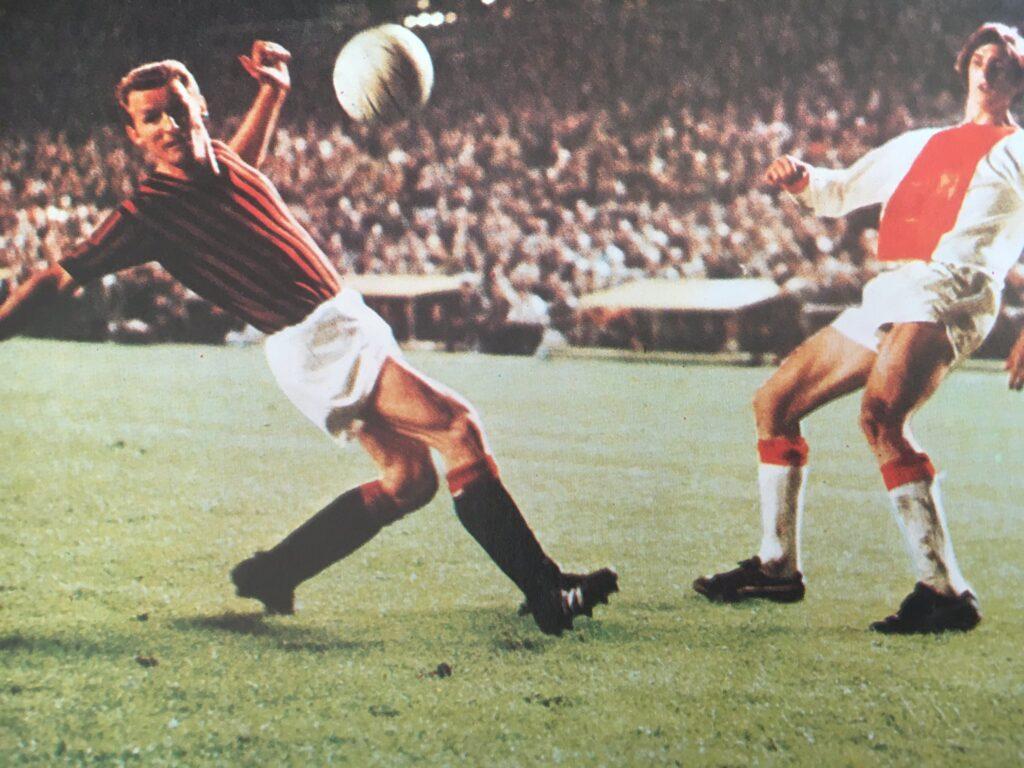



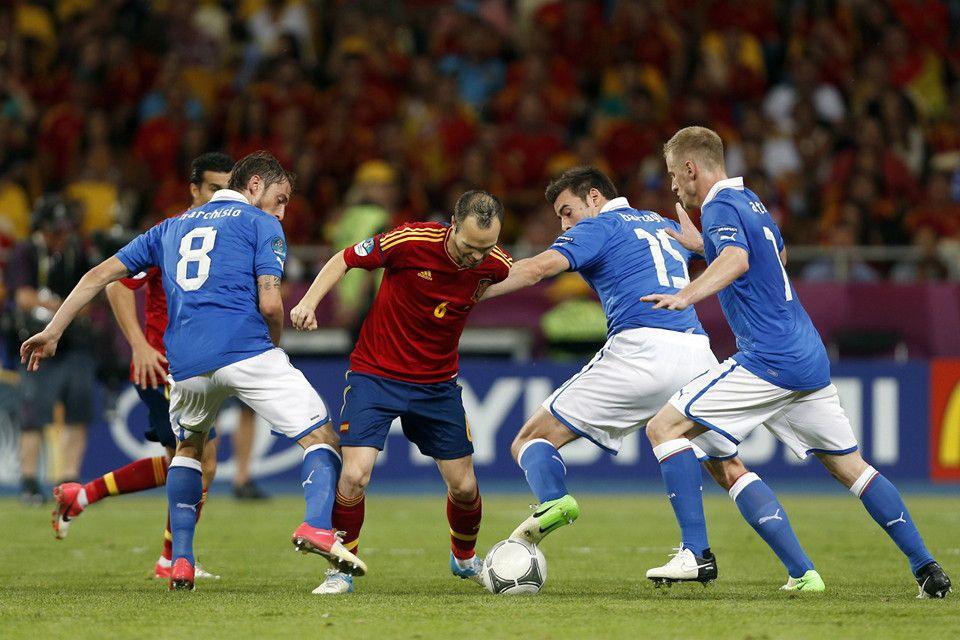
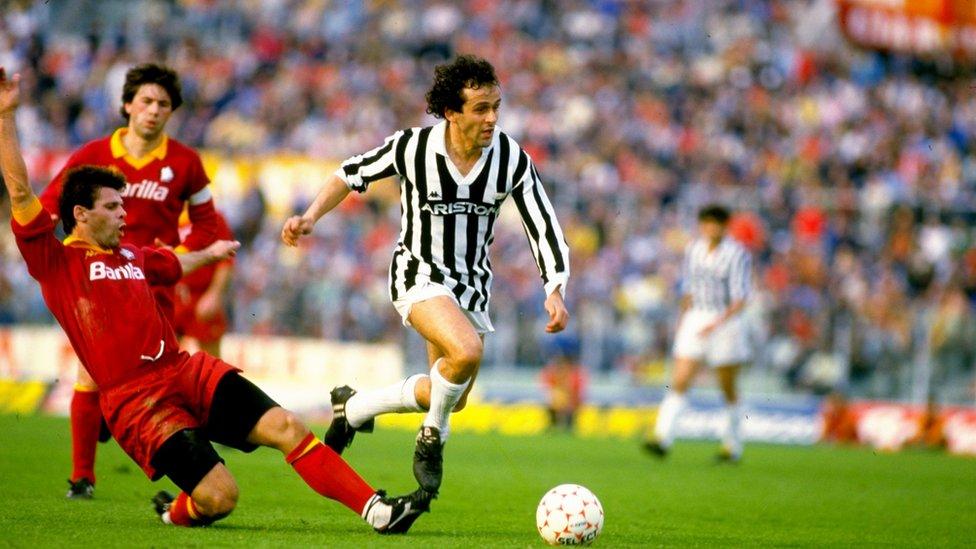

4 thoughts on “Zona Mista: Liberos and Masters of Dark Arts”
Love it. Decided to start a long term Burnley save and see if I can implement it there. First step: find a libero.
what an amazing article and read. Well done
Thank you! Glad you enjoyed it